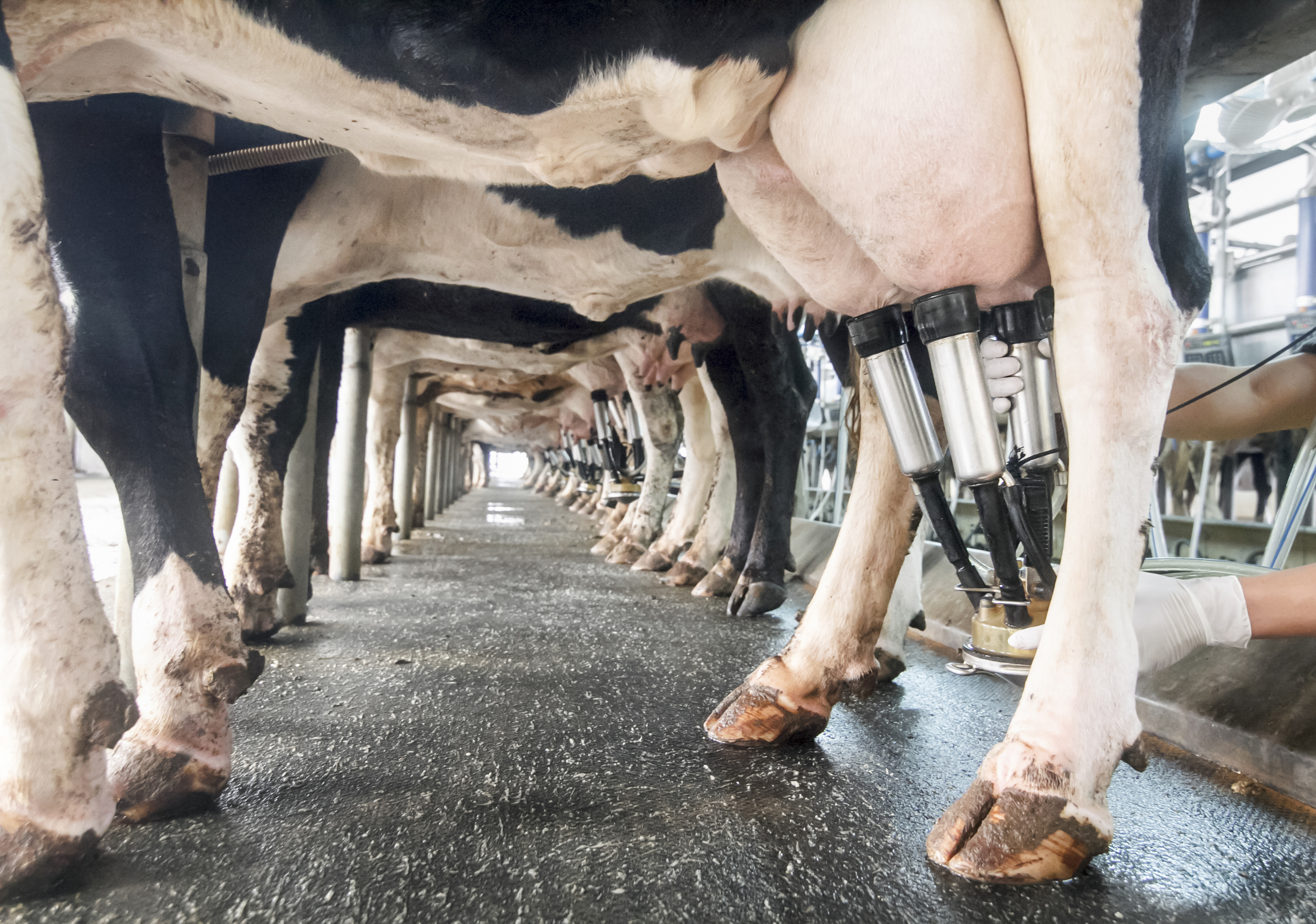Scottish farmers earned £96 million more in 2016 than in the previous year, according to latest official Government estimates.
However the headline figure masks the true picture of farm profitability as the boost is largely a result of a post-referendum exchange-rate shift which helped beef, lamb and grain prices. It also increased the value of EU support payments by £53 million.
The Government’s chief statistician released figures which show agriculture was worth £653m to the Scottish economy in 2015, down from £775m million in 2014, with subsidies, milk and barley all seeing big falls.
Total income from farming (Tiff) in 2016 is estimated to have bounced back to about £749m. Once inflation is taken into account, this is the fourth highest since 2000.
Subsidies, including coupled support, accounted for £533m of total income last year. This was made up of £400m in Pillar 1 direct support, £91m in Pillar 2 rural development payments, and £42m in coupled support.
NFU Scotland director of policy Jonnie Hall said that “drilling down on the figures” showed worrying trends continuing for Scottish farm output.
He said it also demonstrated how challenging 2015 and last year had been
for those producing milk, cereals and eggs.
“There is a clear indication of a contraction of Scottish agriculture, and that is further borne out by productivity indicators which suggest we have fewer farm businesses but they are getting more efficient in terms of input use,” he said.
“However, Tiff figures relate to all aspects of Scottish agriculture and these headline figures can disguise significant variations between sectors, farm sizes and farm types.”
He added that the figures underlined the importance of public support to the viability of Scottish agriculture, and the union would be pressing at Scottish and UK levels for a post-Brexit agricultural policy that was adequately funded and better targeted at active farmers and crofters.
Rural Economy Secretary Fergus Ewing welcomed the increase in overall income and emphasised that the Scottish Government was pushing Westminster for further clarity on the future of rural funding.
He also stressed the importance of driving down costs, and said farmers should do everything they can to improve efficiency.
“The Scottish Government is supporting the industry to do this through initiatives like the Beef Efficiency Scheme.”
He added: “Diversifying activity in rural communities is paying dividends too.
“I would encourage farmers to consider the opportunities available through the likes of tourism, renewables and forestry.”
nnicolson@thecourier.co.uk










